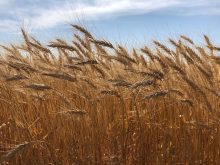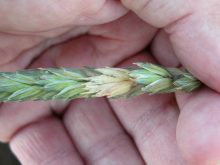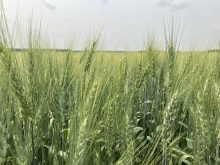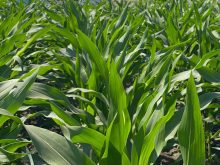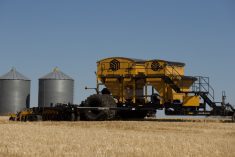Q: How do I consistently achieve high protein in hard red spring wheat? What’s the optimum protein level to aim for?
A: Achieving consistently high protein levels in hard red spring wheat requires annual planning as protein levels are a moving target. Begin by establishing an optimum protein goal. Generally, wheat with a protein level of 13.5 per cent or higher is considered high protein and there may be a premium paid for this wheat. Once a protein goal is set, look at factors affecting protein and how they might be modified.
Read Also

Conagra considers selling its share in Ardent Mills
Conagra is open to selling its 44 per cent share in Ardent Mills, North America’s largest milling company.
Many factors influence the final protein level in hard red spring wheat. These factors can include varieties, nitrogen management, crop rotation and environmental conditions. One of the more important factors in overall protein content is nitrogen management. Nitrogen taken up early in the life cycle of the plant (up to six- to seven-leaf stage) will be put towards final yield. After yield has been determined by the plant, the remainder of the nitrogen will be put towards protein. As a general rule of thumb, a strong nitrogen fertility program (in the year wheat is planted but also across the crop rotation) will contribute to boosting the potential for consistently high-protein wheat.
As late nitrogen uptake contributes to protein, there may be a benefit to applying additional nitrogen during the growing season. Timing of application and rainfall (to move nitrogen into the rooting zone) are crucial to success with this.
Varietal selection can also have a large impact on overall hard red spring wheat protein levels. Select varieties carefully, ensuring they can achieve yield goals as well as maintain good protein levels.
Review your nitrogen management plan yearly and adjust accordingly. To achieve high protein levels and good yields, enough nitrogen has to be available to the crop to supply the demand.
Kevin Poole is a manager of agronomic services with Crop Production Services in southeast Saskatchewan.



